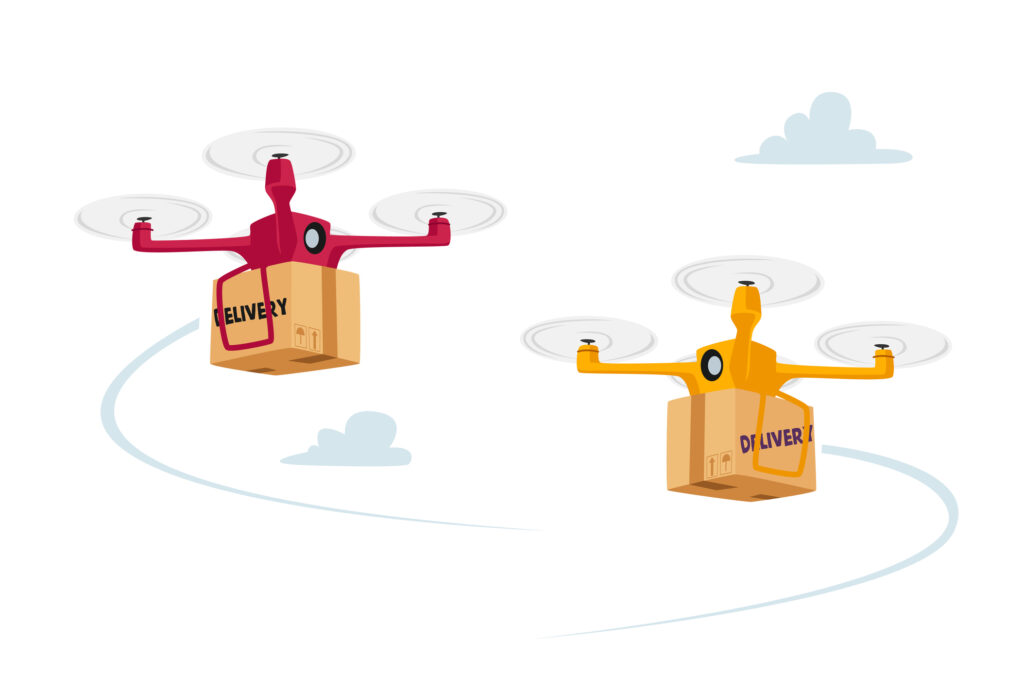
Grades 3-5

Don't have an account yet? Sign up for free
Don't have an account yet? Sign up for free


Even the savviest consumer has a problem with a good or service on occasion. It is a consumer’s right to complain when there is a genuine problem. In some situations, it is also a consumer’s responsibility. A problem can’t be fixed if no one knows it exists. In this series of three lessons, the students learn how to effectively seek redress for a consumer problem. In the first lesson, they are given tips for seeking redress from a seller of a good or service via personal visits, telephone calls and letters. They write a letter in an effort to resolve a consumer problem they or someone they know has experienced. Lessons 2 and 3 focus on what to do when a consumer is unable to get a problem resolved with a seller. A variety of options are presented in both the public and private arena. The students must select sources of outside help that would be appropriate in hypothetical situations they are given.

|
https://econedlink.org/resources/satisfaction-please-part-1/ |
Part 2 |
Tell the students that surveys of consumer problems frequently place auto sales and auto repairs at or near the top of the list. In this lesson the students will be given a hypothetical problem concerning the purchase of a used car and be asked to identify organizations other than the dealer that might help a consumer seeking resolution
.
The following Web links provide background and contact information for organizations that help consumers with market problems.
[NOTE: Some teachers prefer to print and distribute copies of worksheets versus having students print out their own copies.]
In Part 1 of this lesson series, the students learned how to register a complaint with a seller via a personal visit, telephone call and letter. When communication with the seller does not yield satisfaction, outside help may be required. In the student's version of this lesson, the students are provided an introduction to private organizations that may be able to assist them.
Many business, media and consumer groups have established programs to help consumers experiencing problems with goods and services.
Better  Business Bureaus
Business Bureaus
One of the places consumers most frequently identify as a source of help is a https://www.bbb.org/ . This network of nonprofit organizations supported by local businesses tries to resolve buyer complaints against sellers. A complaint can be filed by telephone, mail or the Internet. A Better Business Bureau (BBB) can suggest, but not force, a business to resolve a problem.
BBBs also keep files on complaints against local businesses and whether they were resolved. This information is available to future customers who want to know whether others have complained about a seller and how the seller responded. The umbrella organization for the BBBs helps settle disputes with automobile manufacturers through theBBB AUTO LINE program. BBBs so not charge for these services.
Media Programs
Local newspapers, radio stations, and television stations often have Action Lines or Hotline services that try to resolve consumer complaints filed via mail or telephone. They use news stories–and the threat of a news story–to resolve problems. Most businesses don't want negative information in the news.
Consumer help from these programs is provided free of charge. To learn whether such a program serves your community, check with your local newspapers or broadcast stations. https://callforaction.org/ lists a nonprofit network of consumer hotlines affiliated with local broadcast partners.
Trade and Professional Groups
Sellers of similar products or services often belong to an industry or professional association. Because these special interest groups want to have a good public image, they sometimes establish business practice standards. They may also help resolve problems between their members and consumers. The organizations usually try to get a voluntary agreement between the consumer and business. A few groups have a process that is binding on the consumer, business or both. There is no fee for this service when it is available. The Trade and Professional Associations Directory identifies some of these groups. Your local librarian has reference materials that can help you find others.
A few industries have created special panels to resolve consumer complaints. For example, the National Automobile Dealers Association operates AUTOCAP –- a free public service that tries to resolve disputes between consumers and auto dealers. For those tired of junk mail and e-mail spam, the Direct Marketing Association can help remove you from most mail lists.
Consumer Organizations
People sometimes form special interest organizations to focus on consumer issues and concerns. Some of these groups assist with complaints for free or at a low cost. Others may be unable to help individuals but are interested in hearing about problems that may influence their education and advocacy efforts. The https://www.infoplease.com/business-finance/consumer-organizations/national-consumer-organizations maintains a list of key national consumer organizations.
Students are directed to use this Consumer Help worksheet to summarize the information that they have just read concerning private organizations that offer assistance with consumer problems. If time is limited, you can skip this activity and distribute the answer key then move directly to the assessment.
After completion of the assessment activity, ask a few students to share their ideas with the class. Comparing responses will help them develop an awareness of the range of complaint options where they live. Explain that in some communities, private sources of help for consumers may be very limited. In other places–especially larger metropolitan areas–there may be multiple options. Remind them that the type of help also varies from one organization to the next.
Discuss:
If the technology is available, call one or two sources of help serving your community via a speakerphone in your classroom. Ask what the organization might do in the given situation and the likelihood of resolution. An alternative approach is for you or one of your students to make the call prior to the class and report what is said.
Have the students:
|
https://econedlink.org/resources/satisfaction-please-part-1/ |
Part 2 |
Present students with this scenario:
Your older brother just bought his first car. When he looked at the vehicle at the auto dealership, he noticed a small oil leak. He decided to purchase the car after the auto salesman agreed to fix the leak. Just one month later, your brother's car breaks down and leaves him stranded on the highway. He has to pay $80 to have the car towed to an auto repair shop. The mechanic tells him there is now a major oil leak. It will cost $600 to fix the leak and the damage the leak caused. Your brother is furious—the auto dealer did not properly fix the leak! To make the situation even worse, your brother does not have the cash to fix the car and he does not have a car to get to work. When he calls the salesman who sold him the car, the salesman doesn't remember promising to fix an oil leak. Your brother then calls the manager of the dealership who says the car was sold “as is” and refuses to take any responsibility for the repairs or cost of the tow.
Have the students identify a private outside organization that they think could help.
The students will answer the questions on the interactive below using the private outside organization they have chosen to resolve the problem in the example above.
Possible answers include the sources listed below.
If you want to assess this activity, the process can be very simple with students given full credit if they select an appropriate organization and answer all the questions concerning the organization. You might award one point for identifying an appropriate organization and an additional point for correct answers to each of the associated questions—a total equal to five points or a multiple of five points.
At this point, keep assessment simple, such as a credit or no credit for submitting responses to all the questions and student participation in follow-up discussion. Part 3 offers another hypothetical situation that can be used as an assessment tool for both Parts 2 and 3. Students identify three organizations–at least one private and at least one government–that would be appropriate to contact in the scenarios presented.

Grades 3-5

Grades 9-12

Grades 3-5, 6-8

Grades K-2, 3-5
